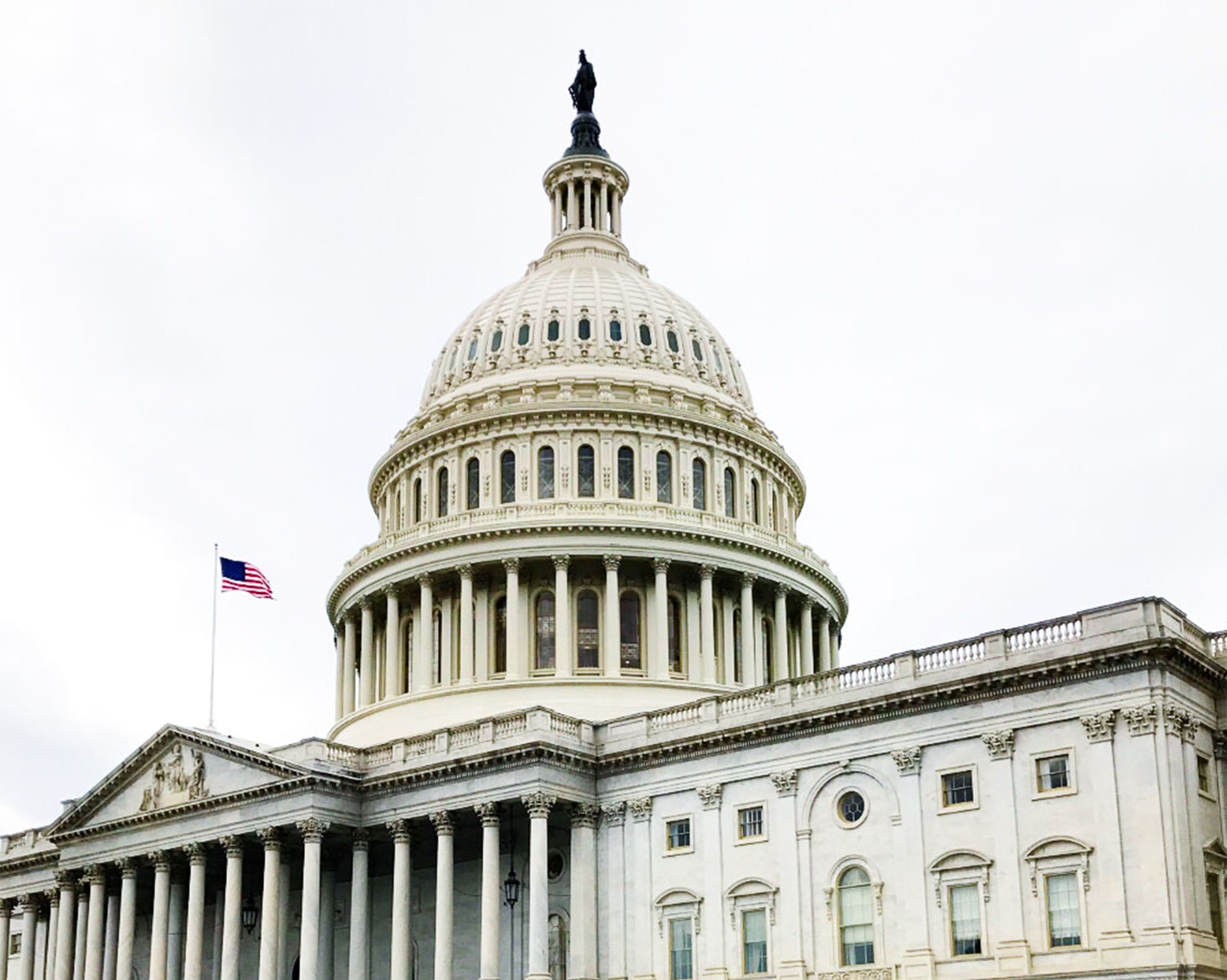Association Releases Framework and Data Showing That Growth in Most Categories Is Moving to Brands With Flexible Supply Chains and Specific Consumer Relationships
PALM DESERT, CA (February 12, 2018) —Declaring that companies like Warby Parker, Glossier, and Away are not “interesting curiosities,” but instead represent an “enduring shift in the way the consumer economy operates,” the Interactive Advertising Bureau (IAB) today published research indicating that growth in most consumer categories is shifting to brands centered on direct consumer relationships and agile supply chains flexible enough to serve consumer needs as they evolve.
In addition to the study, titled “The Rise of the 21st Century Brand Economy,” earlier today the trade association for the digital media and marketing industries released its first annual “IAB 250 Powered by Dun & Bradstreet,” a report on the key “direct brands to watch” in the U.S. In both the study and the report, the 22-year old business group says such “direct brands” are supplanting the “indirect brands” that dominated the U.S. economy for nearly 140 years, “one fraction of a share point at a time.”
IAB Chief Executive Officer Randall Rothenberg presented a summary of the study and the “IAB 250 Powered by Dun & Bradstreet” report before 1,200 industry executives gathered at the association’s Annual Leadership Meeting in Palm Desert, CA.
The “Direct Brands” study says that high-bandwidth internet connectivity generated two distinct revolutions that intersected to alter permanently the way consumer brands create and extract value. A business-to-business revolution enabled companies to gradually shift value creation from capital-intensive, high-barrier-to-entry, “owned and operated” supply chains to capital-flexible, low-barrier, “leased or rented” supply chains, opening access to thousands of new market entrants across all consumer categories during the past decade. And a business-to-consumer revolution enabled consumers and companies to communicate with each other directly, bypassing the third-party intermediaries – including advertising agencies, publishers, and retailers – that controlled the ways brands historically realized the value they were creating.
Today, according to research by J.D. Power cited by the IAB, two-thirds of all U.S. consumers expect direct connectivity to the companies from which they buy goods and services.
The combination of direct consumer-brand connectivity and supply chain as a service has eroded physical retailing and fueled a boom in non-store retailing, primarily e-commerce. As recently as 1992, physical retail stores claimed more than 96 percent of the $2 trillion in U.S. retail sales, according to U.S. Census Bureau figures cited by the IAB. Non-store retailing—the selling of goods and services outside the confines of a retail facility, including direct selling, mail order, catalogue sales, telephone solicitations, and e-commerce accounted for less than 4 percent of retail sales. By 2015, non-store retailers had grown to account for 9.4 percent of a $5.3 trillion retail economy.
All of this has paved the way for the success of direct brand upstarts, including Away in luggage, Birchbox in beauty and cosmetics, Casper in mattresses, Dollar Shave Club in men’s grooming, Hubble in contact lenses, Madison Reed in hair coloring, and Warby Parker in eyeglasses.
In his presentation, Rothenberg conceded that most of these direct brands are small, with most under $1 billion in annual sales. But the impact on category incumbents has been pronounced and severe, he said. In the men’s grooming category, Gillette’s share of the U.S. men’s-razors business fell to 54 percent in 2016, from 70 percent in 2010. Most of that share has shifted to Dollar Shave Club, Harry’s, and many others. In the mattress category, dozens of mattress companies selling direct to consumers online garnered more than 5% of the market in 2016 – on their way to doubling share in 2017. Grocery store revenue growth is projected to be about 1 percent annually through 2022. Over that same period, the market for meal kits is expected to grow by a factor of 10x. Sales at US shoe stores in February 2017 fell 5.2 percent, the biggest year-over-year tumble since 2009. Closures at a number of shoe stores including Stride Rite, Crocs, and Payless ShoeSource are widely believed behind the tumble. Online-only players like Allbirds ($16MM in revenue), Jack Erwin ($6MM in revenue), and M.Gemi ($9MM in revenue) have gained nearly 15 percentage points of share over five years.
While incumbents maintain scale advantages, he said the successes of direct brand upstarts in grabbing sales and share in categories whose dominant players had been fixed for generations had caused the giants to alter their strategies and operations. Unilever, he noted, said it expects “experience platforms and e-commerce” to account for nearly one-third of sales by 2022, double the turnover it generated in 2012. Nike says its DTC sales will grow by almost 2.5 times in the next five years, from $6.6 billion in fiscal 2015 to $16 billion by fiscal 2020.
“You must watch them. You must know them. You must partner with them,” Rothenberg told the publishers, brand marketers, media buyers, and ad tech leaders at the IAB conference. He said IAB is publishing the “IAB 250 Powered by Dun & Bradstreet” report on “direct brands to watch” to serve as a “cheat sheet” for the entire marketing-media ecosystem to learn how direct brands were altering consumer markets, and to help others in the consumer-brand value chain evolve to meet all brands’ and consumers’ shifting needs and desires.
The IAB concludes its “Direct Brands” study with eight strategic guidelines for publishers and others operating in the direct brand economy:
- Become direct: “For incumbent indirect brands, you must become a direct brand. For upstart direct brands, you must break through the revenue and share barriers that are keeping you small. For every other company that serves them, you must help them become direct, and grow their business in that environment.”
- A two-way relationship is more valuable than a one-way impression: “It’s not that mass advertising won’t matter. It’s that it will become less valuable as more and more consumer-facing brands cross the chasm and concentrate their activity on creating, reinforcing, and extracting value from their direct consumer relationships,” says IAB, citing Zenith Optimedia data that projects skyrocketing growth for digital versus other media forms—because it provides data-enriched value.
- Brand safety is not optional: “The reason has little to do with the soft concept of ‘reputation.’ It’s because if you don’t have your consumers’ trust, you won’t get their data. And without their data, you don’t have a company.”
- Find your next 5,000 customers: Media spending expert Brian Wieser of Pivotal Research is quoted, painting a stark picture: 200 marketers account for around 90 percent of network TV spend, around 60 percent of all television, and around one-third of all paid media—and they are not growing. As a result, IAB says that publishers must look to emerging direct brands for a new stream of advertising dollars.
- “De-risk” the ad buy with better pricing scheme, far richer analytics, and more concrete attribution models.
- Story matters: Because direct brands are as subject to commoditization pressures as indirect brands, differentiation by function or price is difficult. That “compels direct brands early in their lifecycle to start differentiating by lifestyle, and by story,” IAB says.
- Help brands hybridize: “Aid the brands as they develop their own presence across myriad spaces—especially the virtual and the physical,” says IAB. “Here’s the mantra to remember: Because there are now multiple ways to fulfill desire, you must have multiple ways to instill desire.”
- Bring brands a 3D view of their 1D customer: Even with direct connectivity, brands and consumers will tend to relate transactionally. “This is what the best media companies, agencies, researchers, and creatives have done since the beginning of modern marketing—understand the total consumer, everywhere he or she may be.”
Promising that IAB will be at the frontlines to help the entire ecosystem adapt to the new consumer economy, Rothenberg announced that brands will be playing a greater role in various initiatives and will be taking the stage at the new annual IAB Direct Brands Conference, slated for October 30 and 31, 2018 in New York City. At that event, the trade organization will release a more refined version of the “IAB 250 Powered by Dun & Bradstreet,” with greater insights into direct-to-consumer newcomers and evolved incumbents. IAB also plans to release a first-ever benchmarking report on the direct brand economy, deep diving into their operations—in an effort to reveal how media, marketing, and data partners can work best with this new breed of brands.
“The Rise of the 21st Century Brand Economy” study and the full transcript of Rothenberg’s speech are available at iab.com/direct-brand-economy-2018.
About IAB
The Interactive Advertising Bureau (IAB) empowers the media and marketing industries to thrive in the digital economy. Its membership is comprised of more than 650 leading media and technology companies that are responsible for selling, delivering, and optimizing digital advertising or marketing campaigns. The trade group fields critical research on interactive advertising, while also educating brands, agencies, and the wider business community on the importance of digital marketing. In affiliation with the IAB Tech Lab, it develops technical standards and best practices. IAB and the IAB Education Foundation are committed to professional development and elevating the knowledge, skills, expertise, and diversity of the workforce across the industry. Through the work of its public policy office in Washington, D.C., IAB advocates for its members and promotes the value of the interactive advertising industry to legislators and policymakers. Founded in 1996, the IAB is headquartered in New York City and has a San Francisco office.
IAB Media Contact
Laura Goldberg
347.683.1859
[email protected]


